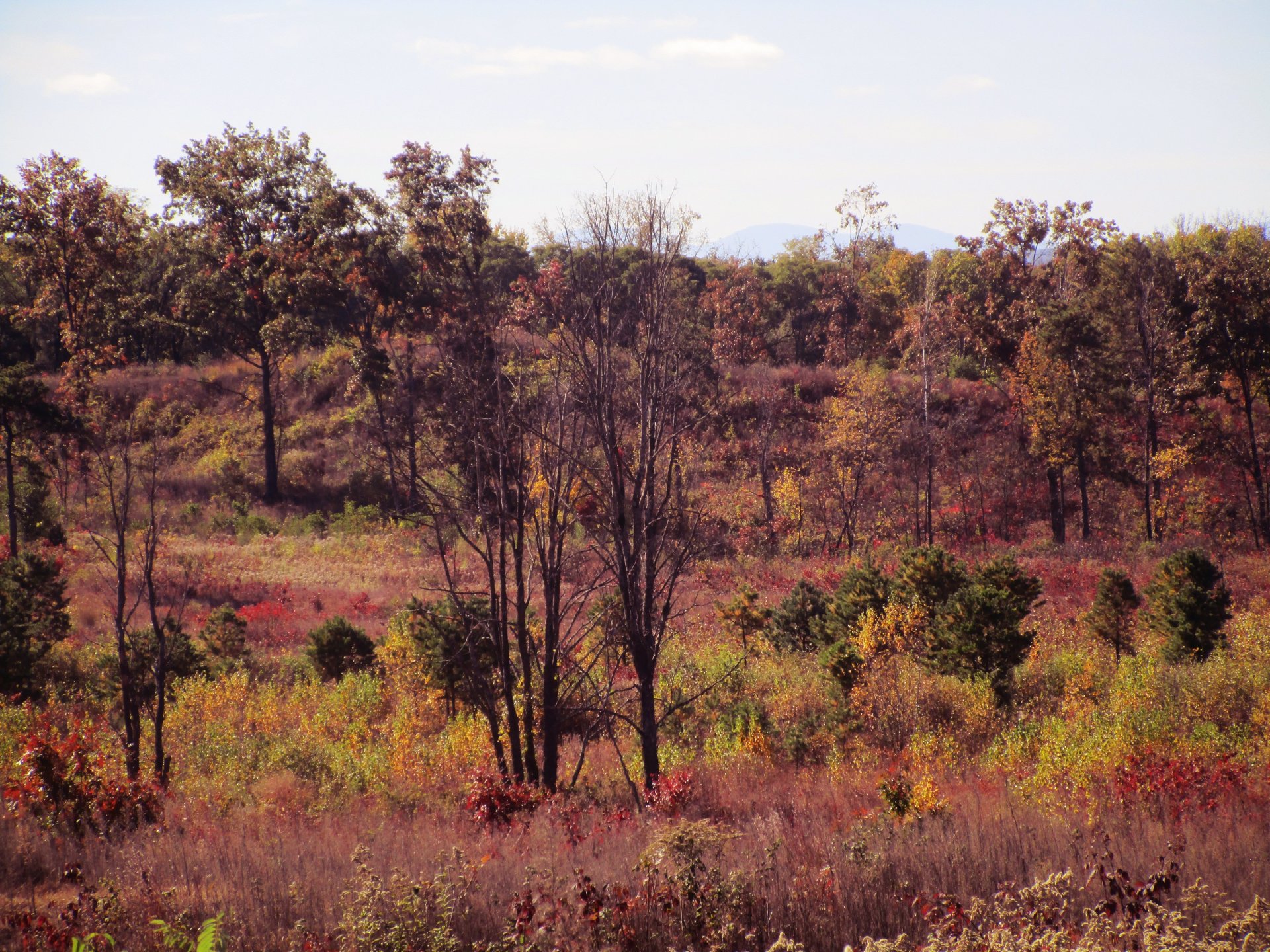by Tom Ellis
ALBANY: Albany Pine Bush Preserve Commission Conservation Director Neil A. Gifford was the featured speaker at the March 22 SPB dinner. Reszin Adams introduced him. Mr. Gifford said he is a conservation scientist by training. He said the Pine Bush Commission now has 27 staff, is an authority, the preserve contains 3200 acres, including at least fifteen invasive species. He said there are hundreds of acres of Blue Lupine planted, the Karner Blues Butterfly population doubled from 2010 to 2011, the preserve is in much better condition than twenty years ago, and bred Karner Blues have been successfully released in the preserve in recent years and will likely be again this year.
Dozens of species thrive in the Pine Bush, he said. Scrub Oaks continue to be thinned, opening land to sunlight and Blue Lupine. Deer cause damage to the Pitch Pines and the Blue Lupines. Commission staff monitor bird populations. Prairie Warblers are being banded and monitored as they return from the Caribbean and mate.
Climate change “is the wild card” for the Pine Bush in coming decades. He said climate change “is happening; the science is unequivocal.” We do not know what the impacts will be on many species and said Blue Lupine could be planted on north-facing slopes in hope of maintaining Karner Blue populations as the climate warms.
The Pine Bush may be too dry to burn this year but ground water levels are high due to the heavy rainfall through most of 2011. He said we need better knowledge of hydrology to plan well and the commission is now doing this research.
Mr. Gifford, conservation director since 1997, said the commission is now closing some trails as it opens new ones. One new trail goes near the Rapp Road Landfill. He said the mobile home park adjacent to the landfill will be returned to pine barrens and Albany’s consultant, Applied Ecological Services, is “doing good work” for the Pine Bush. He said landfill slopes can be replanted with native shrubs.
During the Q&A, he said the commission is housed legally within DEC, tic populations are closely related to mice populations more so than weather, wildlife lives on and visits closed sections of the landfill, George Robinson and his staff are monitoring hydrology and possibly leachate near the landfill. He said testing Six-Mile Waterworks fish for toxins might be a good idea. He also said “DEC has a very skeletal staff all across the state.”
Published in May/June, 2012 Save the Pine Bush Newsletter
